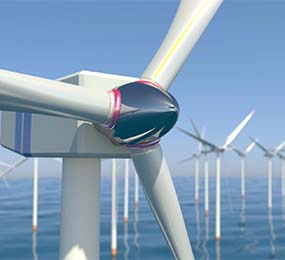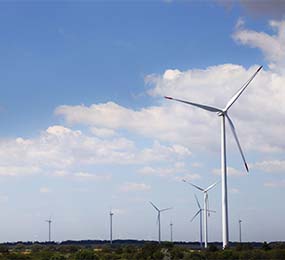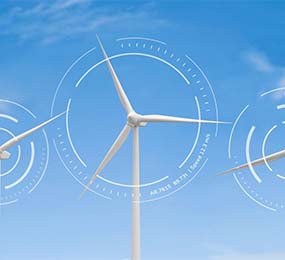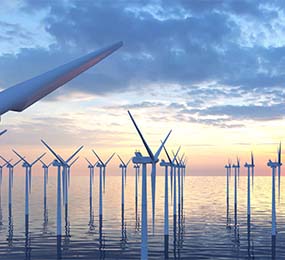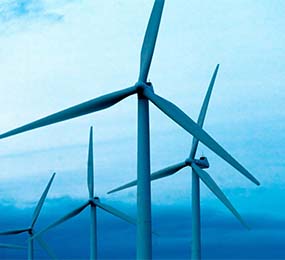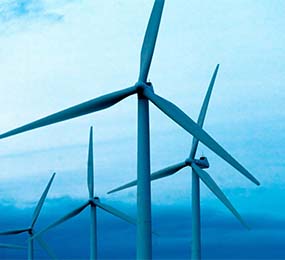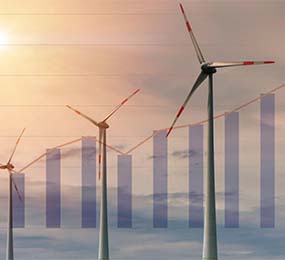The Evolution of Wind Blade Materials: Tracing a Historical Tapestry
The journey of wind blade materials unfolds as a testament to the relentless pursuit of efficiency and sustainability in wind energy. This essay takes a historical perspective, tracing the evolution of materials that have powered the advancement of wind turbine technology.
Early Days:
In the inception of wind energy, wood was the primary material for blades due to its availability and ease of fabrication. However, limitations in strength and durability spurred the quest for alternatives.
Mid-century Shift:
As wind turbines grew in size and power in the mid-20th century, metals like aluminum and steel stepped in. These materials offered improved strength but posed challenges in weight and corrosion resistance.
Composite Revolution:
The late 20th century witnessed a pivotal shift with the introduction of composite materials, particularly fiberglass reinforced with epoxy resin. This marked a turning point, combining strength, flexibility, and lighter weight, allowing for larger, more efficient blades.
Current Innovations:
Modern wind blades incorporate advanced composites like carbon fiber, enhancing strength-to-weight ratios. The ongoing pursuit involves exploring bio-based materials and recyclable composites, aligning with contemporary sustainability goals.
The historical trajectory of wind blade materials mirrors the industry's commitment to innovation. From wood to advanced composites, each era has propelled the efficiency and sustainability of wind energy.
Visit our website to know more: https://www.leadventgrp.com/events/2nd-annual-wind-blade-materials-and-recycling-forum/details
For more information and group participation, contact us: [email protected]
Leadvent Group - Industry Leading Events for Business Leaders!
www.leadventgrp.com| [email protected]


